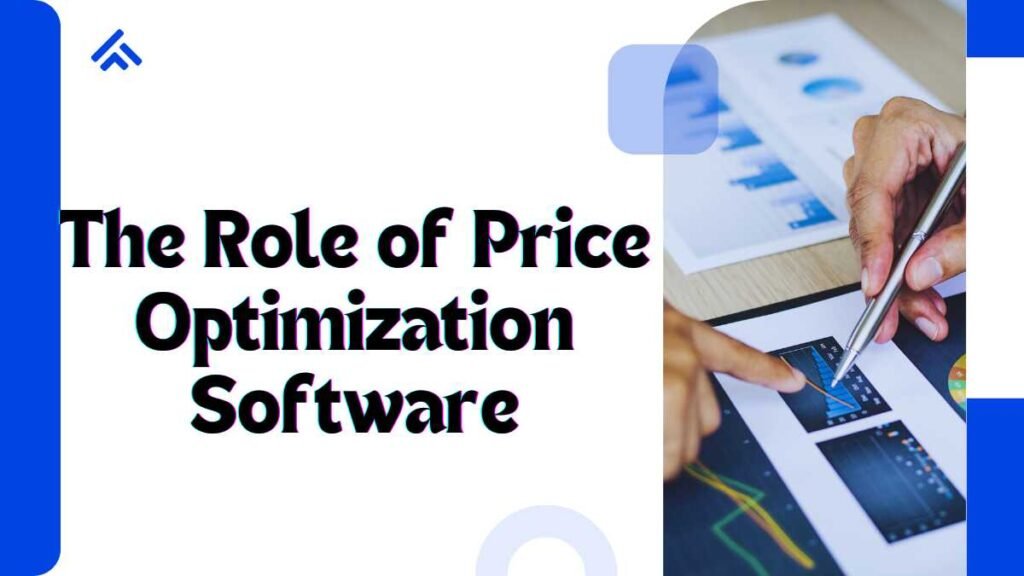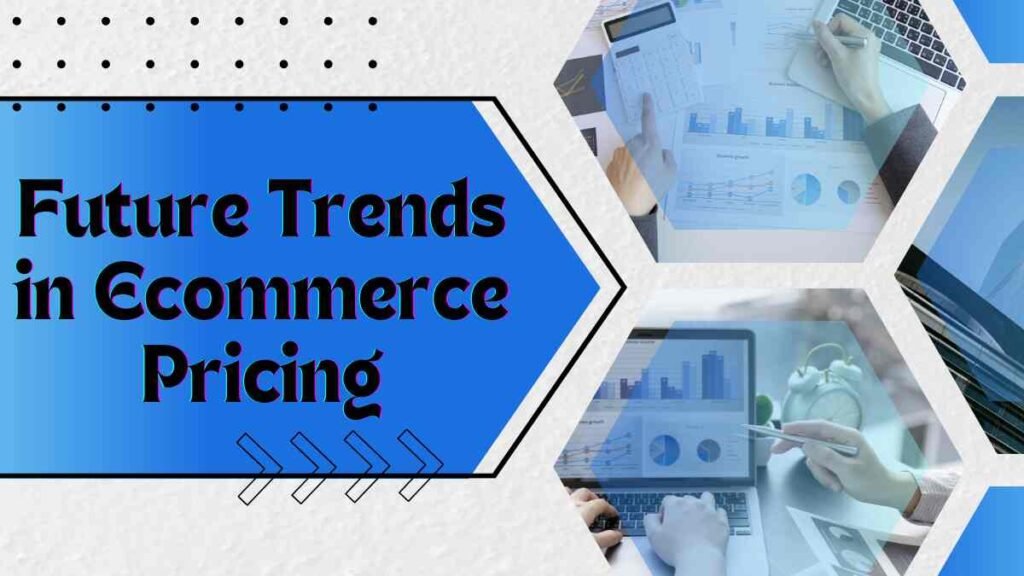Ecommerce Pricing Software: Ultimate Customer Pricing

Ecommerce pricing software face a constant challenge of setting the right price for their products. The right price can attract customers, boost sales, and increase profits, while the wrong one can lead to missed opportunities or eroded profit margins. This is where comes into play, offering powerful tools to help businesses optimize and automate their strategies. This article delves into the world of , exploring its benefits, features, and the different types available. We’ll also look at essential components like dynamic pricing tools, price optimization software, and competitive pricing analysis.
What is Ecommerce Pricing Software?
Solution that helps online retailers manage, adjust, and optimize the prices of their products. It’s not just about choosing a random price and hoping for the best. Instead, pricing software uses data and advanced algorithms to analyze market trends, competitors’ prices, and customer behaviors, allowing businesses to set prices that maximize revenue and competitiveness. As ecommerce becomes more dynamic and data-driven, using manual pricing methods can become cumbersome and inefficient. Pricing software automates this process, saving time and ensuring that prices are competitive and aligned with market demand.
How Ecommerce Pricing Software Works
Works by collecting data from various sources, including internal sales data, competitor pricing, market trends, and customer preferences. It then uses this information to recommend or automatically adjust product prices based on predefined rules or real-time changes in the market. Some advanced systems even leverage artificial intelligence (AI) and machine learning (ML) to continuously improve pricing strategies based on new data and insights. This means that the software becomes smarter over time, allowing for more accurate price predictions and optimizations.
Dynamic Pricing Tools in Ecommerce
Dynamic pricing tools are a key component of . These tools allow businesses to change their product prices in real time based on market conditions. For example, if a competitor lowers their price, dynamic pricing tools can automatically adjust your prices to stay competitive. This is particularly useful in industries like electronics or fashion, where prices can fluctuate rapidly. Dynamic pricing tools take the guesswork out of price adjustments, helping businesses stay competitive without constantly monitoring the market manually.
Must Visit: Web Craze
The Role of Price Optimization Software

Price optimization software is designed to find the ideal price point for a product by analyzing various factors such as customer demand, competitor prices, and profit margins. It can test different pricing strategies to see what works best for a particular product or category. For example, price optimization software might recommend slightly increasing the price of a popular item to see if customers are still willing to pay more. If successful, this can increase profits without losing sales. On the other hand, for less popular products, the software might suggest a price reduction to encourage sales and reduce inventory.
Automated Pricing Strategies
Automated pricing strategies are one of the key benefits of Instead of manually setting prices for hundreds or even thousands of products, businesses can set rules within the software that automatically adjust prices based on specific conditions. For instance, a retailer might set a rule that reduces prices by 10% if a product hasn’t sold in the last 30 days. Or, they might automatically match competitors’ prices if they fall within a certain range. These strategies save time and ensure that prices remain competitive without constant manual intervention.
Competitive Pricing Analysis: Ecommerce Pricing Software
One of the most powerful features of is competitive pricing analysis. This feature tracks and monitors competitors’ pricing in real time, allowing businesses to adjust their prices accordingly. For instance, if a competitor launches a sale or discount on a particular product, your software can notify you or automatically adjust your prices to remain competitive. This ensures that you’re always aware of the pricing landscape and can make strategic decisions to stay ahead.
Benefits of Using Ecommerce Pricing Software
Offers several benefits for online retailers, from saving time to increasing revenue. Below are some key advantages:
Efficiency
Automating pricing tasks reduces manual work, freeing up valuable time for other business activities.
Competitiveness
By keeping track of competitors’ prices and market trends, businesses can ensure they remain competitive without underpricing or overpricing their products.
Profitability
Through price optimization, businesses can find the sweet spot between customer willingness to pay and profit margins.
Scalability
For businesses with large inventories,allows for the management of thousands of products without becoming overwhelmed.
Improved Customer Experience
By offering fair and competitive prices, businesses can enhance customer satisfaction and loyalty.
Retail Pricing Software
Retail pricing software is specifically designed for brick-and-mortar stores or hybrid models that combine online and physical retail. These systems can integrate with point-of-sale (POS) systems to manage in-store pricing while also offering tools for ecommerce platforms. For retailers, having synchronized pricing across all channels is essential. Retail pricing software ensures that whether a customer is shopping online or in-store, they receive consistent pricing.
Challenges of Implementing Ecommerce Pricing Software
While offers numerous benefits, it’s not without its challenges. Implementing such software can be complex, especially for larger businesses with extensive inventories. Additionally, relying too heavily on automation can sometimes lead to pricing decisions that don’t align with the brand’s overall strategy.
To overcome these challenges, businesses should:
- Regularly review pricing rules and strategies to ensure they align with business goals.
- Combine automated strategies with human oversight to ensure a balanced approach.
- Choose a scalable software solution that can grow with the business.
Future Trends in Ecommerce Pricing

Personalized Pricing
In the future, we might see more personalized pricing strategies, where individual customers are offered different prices based on their shopping history and behavior.
Global Pricing Management
As ecommerce becomes more global, businesses will need tools to manage pricing across different countries and currencies seamlessly.
Conclusion
powerful tool for modern retailers looking to stay competitive in a dynamic market. With features like dynamic pricing tools, price optimization software, and competitive pricing analysis, businesses can automate and optimize their pricing strategies for maximum profitability. As ecommerce continues to evolve, embracing the right pricing technology will be key to long-term success.
FAQs
What is the difference between dynamic pricing and price optimization?
Dynamic pricing adjusts prices in real-time based on market conditions, while price optimization finds the ideal price point through data analysis.
Can small businesses benefit from ecommerce pricing software?
Yes, small businesses can benefit by saving time and ensuring competitive pricing without manually tracking competitors.
Is ecommerce pricing software expensive?
Prices vary depending on features and business size, but many affordable solutions are available for small to medium businesses.
How often should I update my pricing strategy?
It’s recommended to review your pricing strategy regularly, especially during key sales periods or when competitors change their prices.
Can pricing software handle multiple currencies?
Yes, many solutions can manage pricing in multiple currencies, making them ideal for global businesses.
Read More: Best Cybersecurity Certifications


